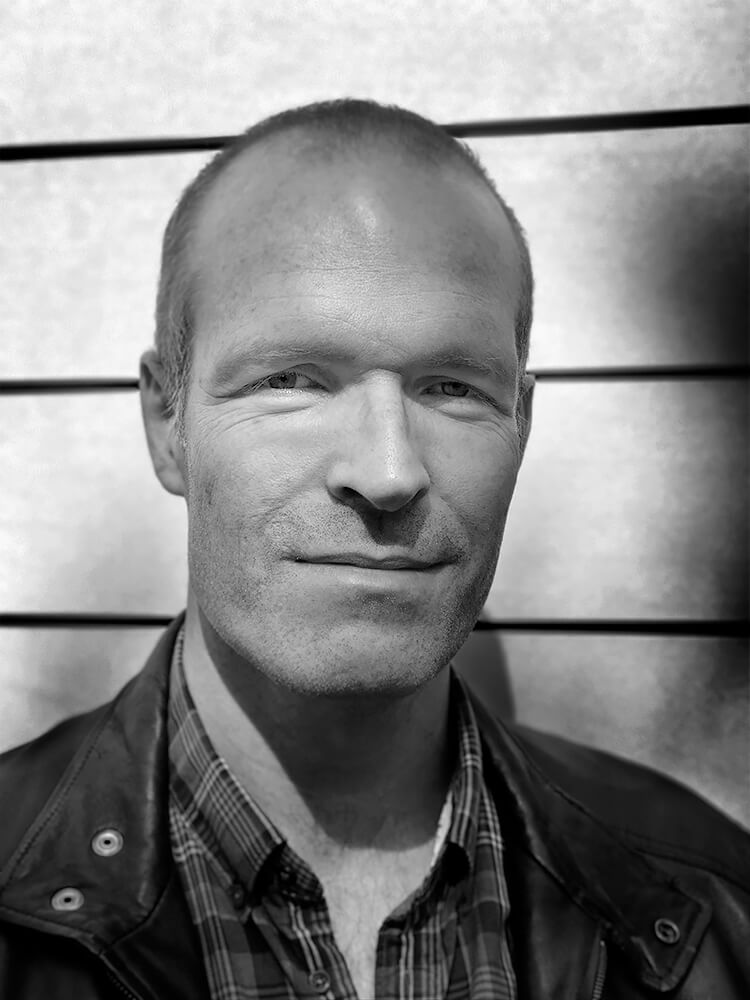I was born in 1970 in Basel, Switzerland. Since my late teen years, photography has become a key medium for me to express myself. Professionally, however, I took a different path, studying economics and now working in a management position. I'm married and a father of two lovely daughters.
On many trips to different continents, I have continuously worked on improving my skills as a photographer and on developing my own visual language. I participated in various workshops of well-known photographers such as Mary Ellen Mark, Anders Petersen or Ernesto Bazan.
Until 2007 I photographed exclusively with black-and-white film and made all prints in my own darkroom. In 2005, I started scanning the negatives, editing them in Photoshop and creating fine art prints. Two years later, I started to use also digital cameras.
My long-term project on circuses behind the scenes is planned to be published as a photo book in 2021. My other on-going personal project is to document the childhood years of my children.
Statement
I love music, but I have never played an instrument. So the camera has become the "instrument" for my creative work: I compose images instead of songs. I prefer black and white photography because leaving out the colors, the way we usually see the world, directs the viewer's eye to the essence of the image.
I have always had a passion for observing people. Their emotions, facial expressions, interactions, activities and personal moments inspire me. Photographing people is a way to communicate with them, to capture perhaps just a fraction of their lives. A powerful photograph becomes a true gift of the moment when it manages to capture some sort of mystery or magic.
My photos are meant to transport the viewer into a world less known to them, perhaps reminding them of experiences long past or leading them mentally into a possible future. With my photos I do not want to tell everything, but deliberately suggest unanswerable behind what is shown.
Selected Books on

